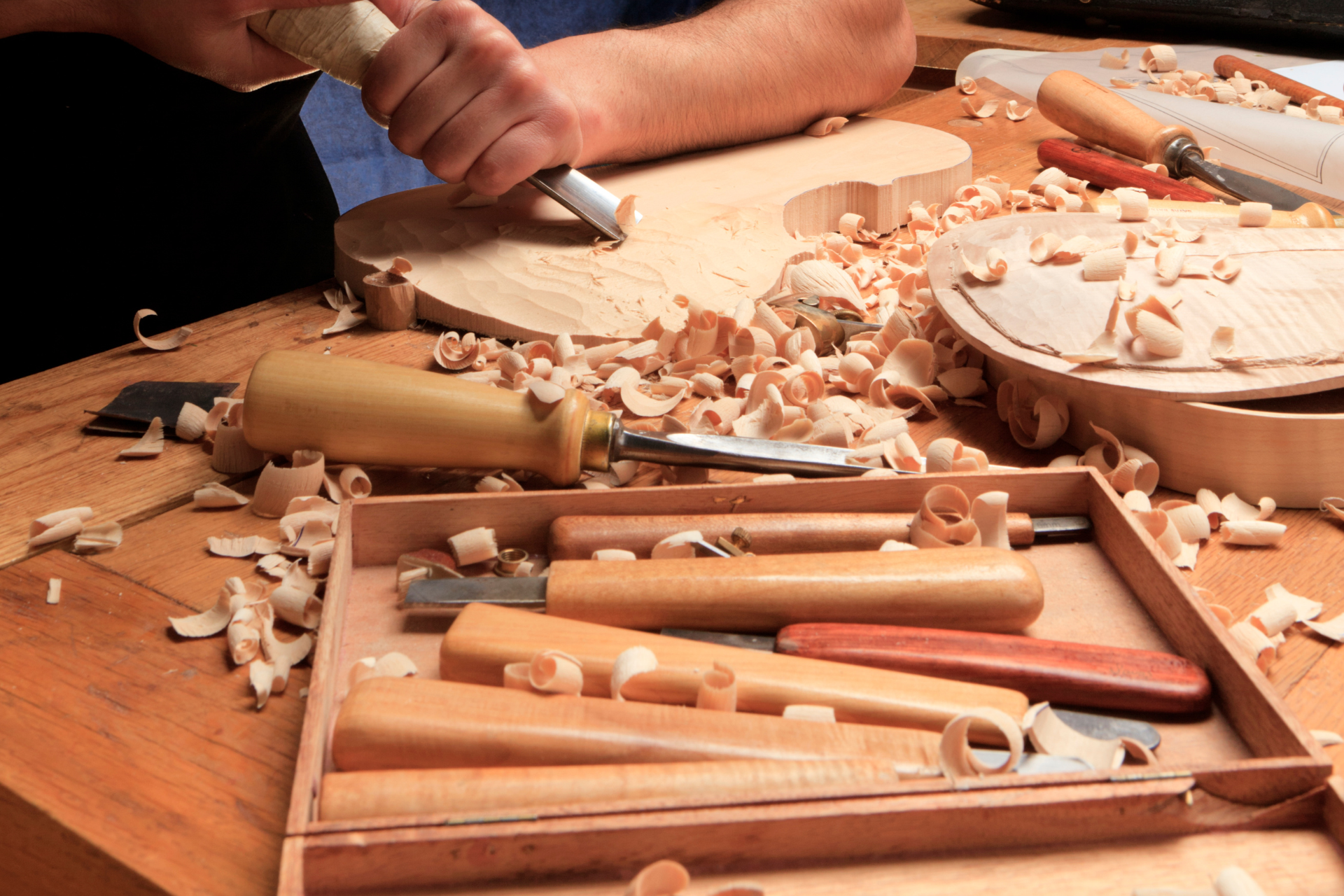General Articles
How Persian Tar Makers Create the Perfect Instrument
The tar, a revered stringed instrument in Persian classical music, stands out with its intricate craftsmanship and distinct sound. For centuries, Persian tar makers have passed down their artistry through generations, ensuring that each tar is more than just an instrument—it’s a symbol of cultural identity, pride, and exceptional craftsmanship. In this article, we’ll explore the process of crafting the perfect tar, from selecting the right materials to tuning its strings for the ideal sound.
The Anatomy of a Tar: Understanding the Basics
To appreciate the complexity of the tar’s creation, it’s important to first understand its basic structure. A traditional Persian tar consists of several parts, each meticulously designed and assembled to achieve a harmonious sound:
-
Body (Resonator): The main body of the tar is made from a single piece of wood, usually mulberry. It is hollowed out into a double-bowl shape, which amplifies the sound and gives the tar its distinctive resonance.
-
Neck: The long neck of the tar is typically made from walnut wood and has 25 to 28 adjustable gut frets that allow musicians to produce the microtones characteristic of Persian music.
-
Strings: The tar has six strings arranged in three courses of two, traditionally made of steel or brass, that produce a rich and resonant sound when plucked.
-
Bridge: The bridge is placed on the body and is crucial for transmitting the vibration of the strings to the body, thereby producing sound.
-
Skin Membrane: A thin layer of lamb or goat skin is stretched over the body of the tar, providing a unique timbre when the strings are plucked.
Selecting the Right Wood: The Foundation of a Perfect Tar
The choice of wood is the first and most critical step in crafting a tar. Persian tar makers often use mulberry wood for the body and walnut wood for the neck, as these materials have been proven over centuries to offer the best tonal quality. The wood must be aged and dried properly, sometimes for several years, to ensure it is free from moisture and tension. This careful preparation helps prevent warping and cracking, which can drastically affect the instrument's sound.
Each piece of wood is carefully inspected for grain consistency, density, and resonance. High-quality mulberry wood produces a warm, deep tone, while walnut offers strength and stability for the neck, supporting the strings’ tension without compromising sound quality.
Hollowing the Body: Precision and Patience
Hollowing out the body of the tar is a delicate process that requires precision and patience. Persian tar makers use traditional tools such as chisels and gouges to carve the body’s double-bowl shape. The walls of the resonator must be evenly thin to ensure that sound waves are projected evenly, which enhances the tar’s tonal balance.
This process can take weeks, as the craftsman must constantly evaluate the resonance of the wood by tapping it gently and listening to the sound it produces. Even the slightest imperfection can cause unwanted vibrations, making this stage one of the most critical in the tar-making process.
Constructing the Neck: A Balance of Strength and Flexibility
The neck of the tar must be strong enough to support the tension of the strings but also light and flexible enough to allow precise finger placement and bending. Walnut wood, with its fine grain and natural durability, is typically used for this part of the instrument.
Once the neck is carved, it is fitted with gut frets that are tied around it. These frets are adjustable, allowing musicians to create the quarter tones and microtones that are a hallmark of Persian music. Setting the frets requires a deep understanding of Persian musical scales, as even a slight deviation can affect the accuracy of the notes.
Adding the Skin Membrane: Crafting the Instrument’s Unique Timbre
The thin skin membrane that covers the tar’s body plays a crucial role in shaping its sound. Traditionally made from lamb or goat skin, the membrane is carefully selected for its thickness and elasticity. It is stretched tightly over the body and secured in place with adhesives and small nails.
The tension of the membrane must be just right—too tight, and the sound becomes harsh; too loose, and the sound loses its clarity and sustain. The tar maker tests the membrane by lightly tapping it and listening to its resonance, adjusting it until the perfect balance is achieved.
Attaching the Bridge and Strings: Fine-Tuning the Tar’s Voice
The bridge is positioned on the skin membrane and serves as a critical point of contact for the strings. It is usually made from bone or hardwood and is shaped to ensure that the strings are evenly spaced and at the correct height above the membrane.
The strings are attached to tuning pegs at the top of the neck and threaded through the bridge. Traditionally, the tar uses a combination of steel and brass strings, each contributing to a different tonal quality. The strings are tuned in pairs, and the tension is carefully adjusted to create a harmonious balance of sound.
Final Adjustments: Bringing the Tar to Life
Once all the components are in place, the tar undergoes a series of fine-tuning adjustments. The craftsman plays the instrument, listening carefully to each note and making minor modifications to the bridge, membrane, and strings as needed.
This final stage can take several days, as the craftsman ensures that the tar’s voice is clear, balanced, and resonant. The goal is to create an instrument that responds well to the player’s touch and produces a sound that is rich, expressive, and true to the traditions of Persian music.
Maintaining the Tar: Preserving Its Sound and Longevity
To maintain its exceptional sound quality, a tar must be stored and cared for properly. The instrument should be kept in a case when not in use and stored in a room with stable humidity and temperature. Regular tuning and occasional replacement of the strings and skin membrane are necessary to ensure that the tar continues to produce the perfect sound.
The Enduring Legacy of Persian Tar Makers
Crafting a tar is not just about creating an instrument—it’s about preserving a centuries-old tradition that reflects the artistry and culture of Persia. Each tar carries with it the legacy of the craftsman who shaped it, the music it was designed to play, and the emotions it was meant to express.
Get Your Perfect Tar at Rhythm Music Shop
If you’re looking to own a high-quality tar that embodies the essence of Persian craftsmanship, visit Rhythm Music Shop. We serve Markham, Richmond Hill, North York, Scarborough, and the rest of the GTA, offering a wide selection of traditional Persian instruments made by master artisans. Let us help you find the perfect tar to express your musical journey!

